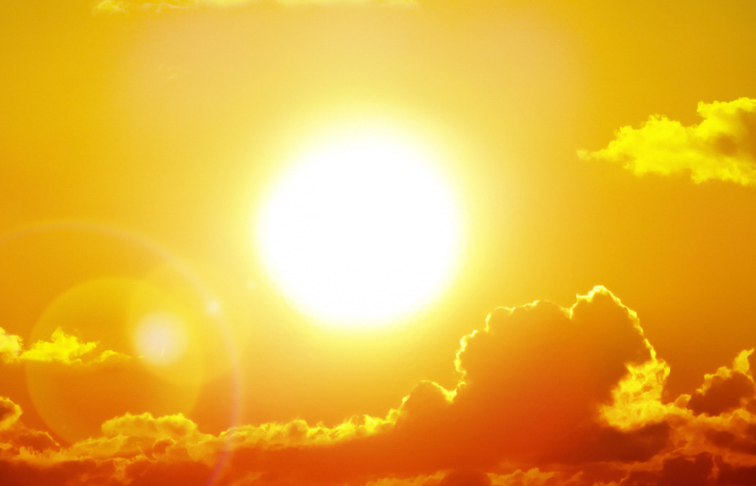Manage your account and see your money through our mobile banking app or on your computer through our website.


Our planet is slightly tilted – 23.4 degrees to be exact. This modest tilt has a big impact; it means that our North and South poles aren’t lined up exactly with the Sun, which is what gives us our four seasons. To put it simply, the more tilted towards the sun you are, the more hours of daylight you have to enjoy. The further you are tilted away from the sun, the fewer hours of daylight. It's the tilt of the Earth in relation to the Sun that defines when the solstices fall.
On the June solstice, the North Pole is tipped more toward the sun meaning that in the Northern hemisphere, we have our longest day. While we call it the summer solstice, people living in the Southern hemisphere, for whom this is their shortest day, call it the winter solstice. They don’t get to enjoy their Summer Solstice until 22 December, which will be our shortest day.
So far so good. Does the solstice mark the start of summer for us here in the UK? For astronomers, the answer is a resounding yes. For them, summer begins on 21 June and lasts until 23 September, when the hours of daylight and night are equal. 23 September is also known as the autumn equinox, from the Latin aequus, meaning ‘equal’ and nox, ‘night’.
Yet this definition of summertime is problematic for us for two reasons. Firstly, remember March 23 when we put our clocks forward by an hour? Wasn’t that the official start of British summertime? And secondly, we were taught at school that the seasons fell into neat three-month blocks, and the start of June until the end of September was the time allotted to summer?
Firstly, let’s look at British Summer Time, or BST. This officially begins when we put the clocks forward and ends when the clocks go back. In reality, BST is just a mechanism to make the most of increased summer daylight hours in the northern hemisphere. It was introduced in 1916 by the Summer Time Act and was originally designed to help the war effort by maximising daylight hours to conserve coal. It became so popular that it remained, although now the term is used interchangeably with ‘daylight savings time’ or DST.
Secondly, the neat three-month long blocks of seasons are actually meteorological seasons. These are based on the annual temperature cycle and are designed to be consistent units of time that we can use to reliably observe, forecast and compare weather statistics. This isn’t so easy when using the astronomical seasons because they vary from one year to the next.
This is because, while our calendars tell us that a year is exactly 365 days, it takes 365.24 days for the Earth to orbit around the Sun. To synchronise the calendar with the astronomical seasons, we need to add an extra day (February 29) every four years, which accounts for the variation on the dates of the solstices from year to year.
So, if you are an astronomer, the solstice marks the start of summertime, for the meteorologist, summer is already three weeks old by June 21. If you’re using British summertime, you’ve already been enjoying the season for nearly three months. The one thing we can be certain of is that the summer solstice does fall within summer in the northern hemisphere.